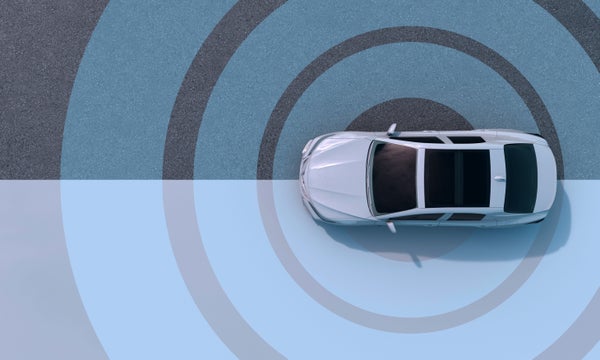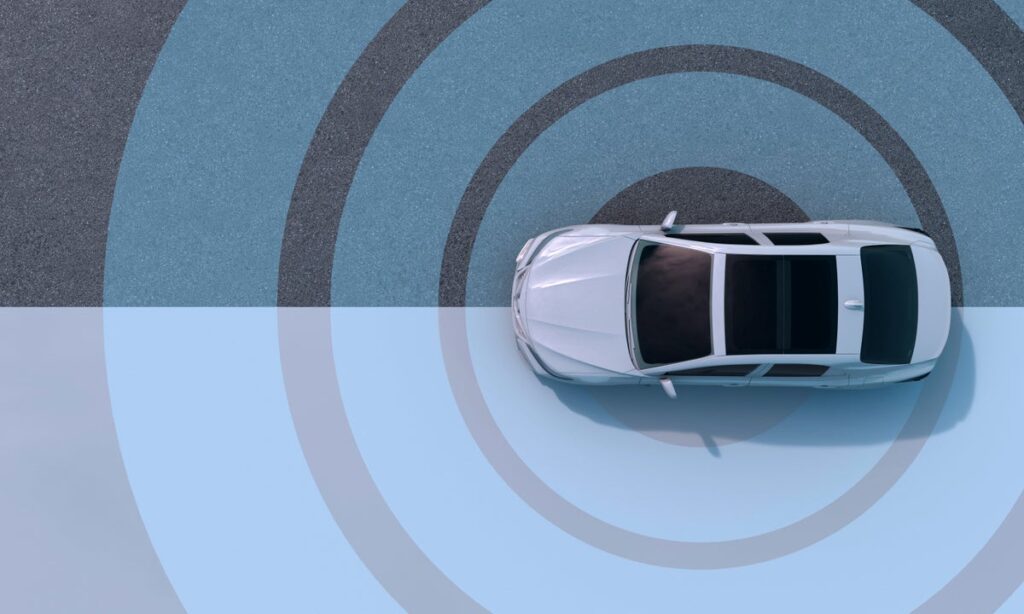New U.S. Regulations for Self-Driving Cars: Implications and Concerns
By Deni Ellis Béchard, edited by Dean Visser

Overview of the New Regulations
On April 24, U.S. regulators unveiled an update to the nation’s autonomous vehicle framework. Secretary of Transportation Sean Duffy emphasized the urgency of innovation in the context of global competition, particularly with China. The revised guidelines are set to ease crash reporting burdens while expanding testing opportunities for domestic robotaxis.
Key Changes in the Reporting Requirements
Effective June 16, the new rules will apply to various levels of automated vehicles, from Level 2 (which requires user supervision) to Level 5 (fully autonomous). Notably:
- Companies must report significant incidents—such as fatalities or major accidents—within a narrow timeframe.
- Minor collisions (e.g., fender benders) involving Level 2 systems will generally no longer require documentation.
- For Level 2 systems, which include popular models like Tesla’s Full Self-Driving and Ford’s BlueCruise, this represents a substantial reduction in reporting obligations.
The government argues that these changes will alleviate “unnecessary burdens” on manufacturers, aiding economic competitiveness without compromising safety.
Concerns Over Safety and Transparency
Critics raise alarms over the potential loss of critical data that could compromise vehicle safety assessments. Cathy Chase, president of Advocates for Highway and Auto Safety, underscores the need for transparency in evaluating the vehicles’ real-world performance. The absence of detailed reports could lead to missed opportunities for identifying safety trends early on.
Confidentiality Measures and Impact on Research
A proposed confidentiality change allows manufacturers to shield important crash-related data, including conditions during crashes and specifics of the automated software in use. This information, previously accessible, is essential for independent researchers analyzing autonomous technology trends and safety.
Promoting Domestic Innovation
The new regulations aim to foster an environment of innovation among U.S. manufacturers. Unlike their foreign counterparts, American firms have faced challenges due to lengthy waiver processes for testing noncompliant vehicles. The streamlining of this process is expected to facilitate quicker development and deployment of new technologies, potentially benefiting companies like Tesla.
The Future Landscape
Supporters of the changes argue that reduced reporting obligations will allow for faster safety improvements and promote American competitiveness in the driverless vehicle sector. However, there are concerns that diminished data transparency could inhibit effective oversight, particularly given recent budget constraints affecting the National Highway Traffic Safety Administration (NHTSA).
Conclusion
The push for reduced regulatory oversight highlights the delicate balance between innovation and safety in the rapidly evolving field of autonomous vehicles. As the U.S. seeks to compete globally, particularly with powerhouse manufacturers from China, the implications of these regulatory changes will require careful monitoring and ongoing analysis.


